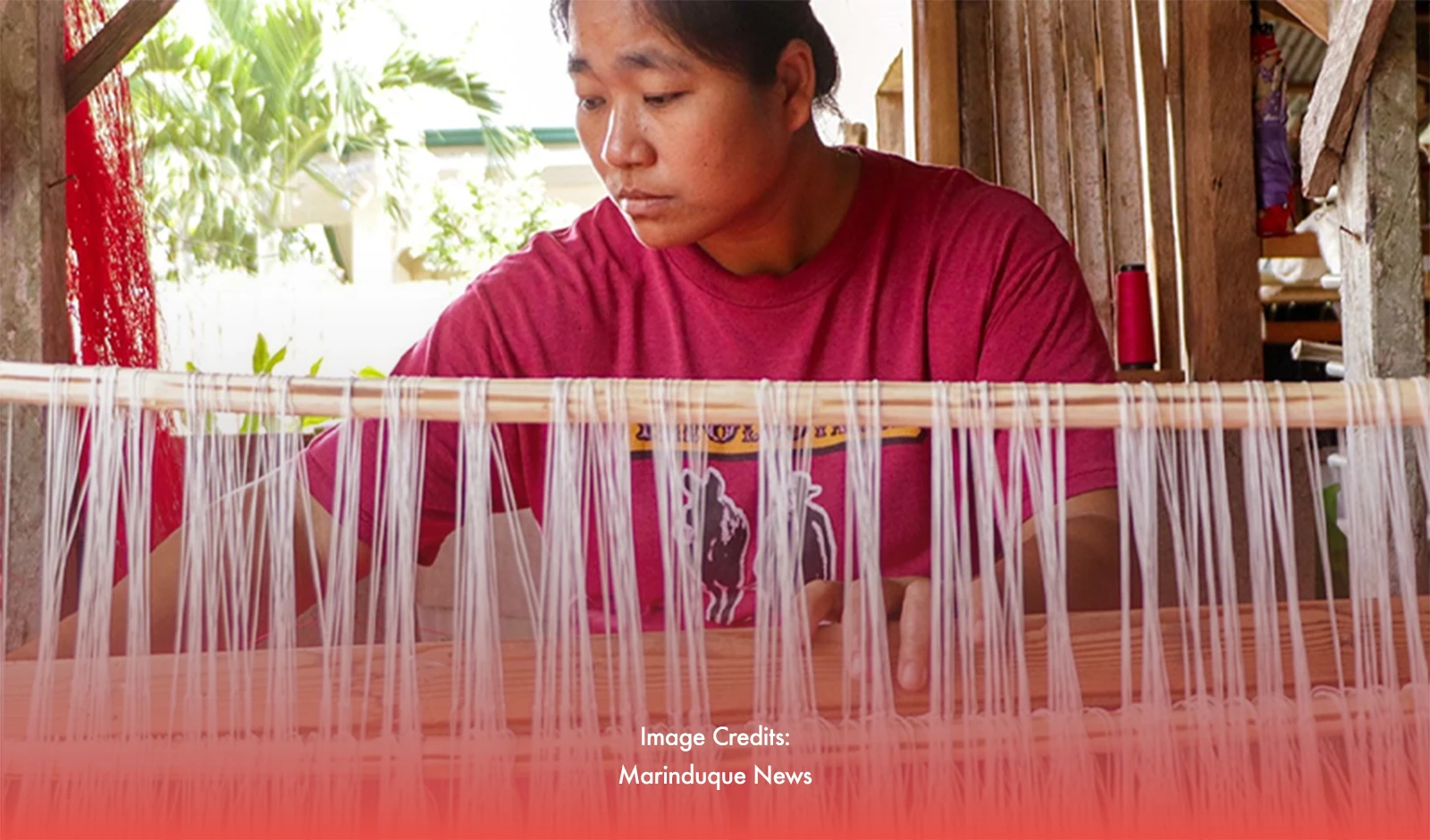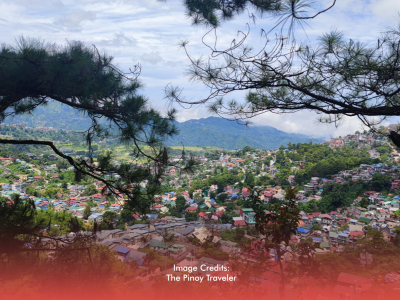Marinduque’s heart-shaped geography earned the province its nickname of the “Heart of the Philippines.”
This is why Marinduquenos have always put their hearts into what they do. One of the province’s most notable products, buntal loom weaving, expresses their artistry and is an income-generating endeavor.
An Ancient Concept
The early Marinduque indigenous people, who lived before the Spanish conquistadors arrived, created buntal loom weaving.
Before it was discovered that the fibers could be removed from the buri palm plants' stalks, simple buri leaves were used to construct hats and baskets.
The use of combined materials and dye coloring was developed to generate colorful items. Through the Department of Trade and Industry, large-scale manufacturing for export began in the 1990s.
Marinduque's richness of buri palm has made the province well-known for producing buntal fiber, which has become one of the province's biggest industries.
Buri Palm sanctuary
About 92,000 buri palm plants are scattered throughout the province of Marinduque's six towns, covering 326.32 hectares of land in Marinduque alone.
According to reports, there are 21 manufacturers of buntal fiber in Marinduque. The two main processors of buntal-based products in Marinduque have a weekly need of up to 84 kilograms, or roughly 4,032 kilograms, for buntal fiber.
The buri palm yields fibers for buri, buntal, and raffia. The adult leaf of the palm is called a buri. Conversely, raffia is the young leaf or stalk of the palm. Buntal is the fiber that is taken out of the palm's petiole.
Buntal fiber is woven into high-quality placemats, table runners, blinds, and lamps. Some of these products are marketed in regional and elsewhere department stores.
Income generation
The province's potential yearly income from buri palms is projected to be Php10.3 million if harvesting occurs twice a year and Php15.6 million if harvesting occurs three times a year.
With the surplus of materials, the industry promises to employ more people in the buntal fiber industry, thereby increasing their standard of living and stimulating the province's economy.








